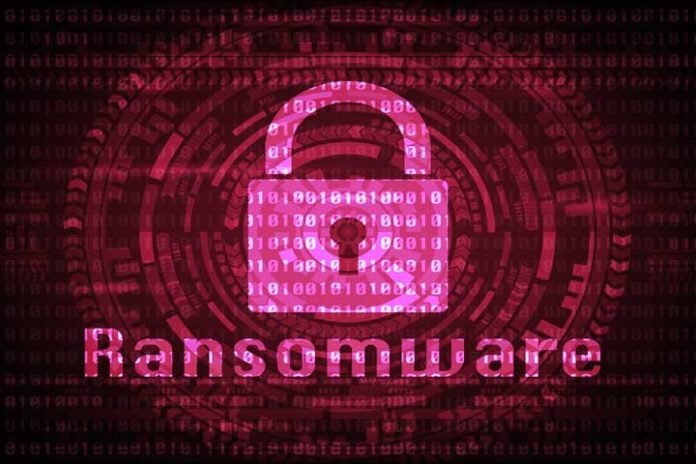Ransomware is a computer virus known to encrypt the files of a victim. The attacker then demands the victim to pay some kind of ransom to restore access to the data. Victims are then directed to a page where they may pay a fee to obtain the decryption key. The fees might range from a few hundred to thousands of dollars, which are typically paid in Bitcoin to hackers. Although there has been a huge decline in ransomware attacks over the past few years, they still pose a threat. Here is a quick look at the most important facts, including ransomware removal.
1. How Ransomware Works
Ransomware may enter a computer in several ways. One frequent method is phishing spam, which sends victims attachments disguised as files they can trust. With social engineering techniques built-in, they may mislead people into granting administrator access once downloaded and launched. Some ransomware exploits security flaws to infect systems without tricking people.
Once the virus has taken over the victim’s computer, it typically encrypts some or all of the user’s data. The most important thing to remember is that nothing can be decrypted without the attacker’s mathematical key. The user is informed that their files are now encrypted and will only be unlocked if they submit an anonymous Bitcoin payment to the hacker.
2. How to Prevent Ransomware
There are a number of things a person can do to prevent a ransomware infection. The important thing to note is that the steps necessary to prevent ransomware are good security measures to always keep in place because they do more than just prevent ransomware. One of the most obvious things is to install and use antivirus and antimalware software programs.
The first thing to do is to ensure the operating system is up-to-date. This involves downloading and installing all of the latest updates on a routine basis. Most users set their operating systems up to automatically download and install updates every week. The more up-to-date the system is, the fewer vulnerabilities there are for hackers to exploit. Never download any software or give it administrative privileges without knowing exactly what it is. Always make backups of files, programs, and documents. The more frequently they are backed up, the better the chances of escaping an attack with little damage.
3. Removing Ransomware
Ransomware removal is necessary only after a computer has been infected. The only way to gain back control of your operating system is to remove the ransomware, but make a note that removing it will not decrypt any files. This is why it’s so important to make routine backups of files, documents, and more. It’s not enough to just make backups. The backups should be stored on a flash drive, cloud storage, or elsewhere. This prevents the files from being encrypted in the event of an attack.
To gain control of an operating system after an infection, a user must first boot their computer up in safe mode. Once in safe mode, they can install a good antimalware software program and use it to scan the system for any infections. The software will take care of everything needed to remove the infection. Once it’s gone, the computer is restored to its previous state, minus any encrypted files.

